There are so many more meaningful ways of creating a monument for a person than a gravestone. Stone monuments not only provide a permanent record of a life once lived but they can also provide a special place of remembrance and communion for the living. In this way they are a physical portal between worlds and add significance to the landscape that endures for eons.
Building monuments over burial sites is a practice that spans all cultures and ages. Elemental Stonemasonry is offering creative stone-built land art structures as an alternative to conventional modern memorials. Stone structures carry significance as places of protection, sanctuary, and strength. Reflective garden areas and ponds can form a special area for multi-generation family grave sites.
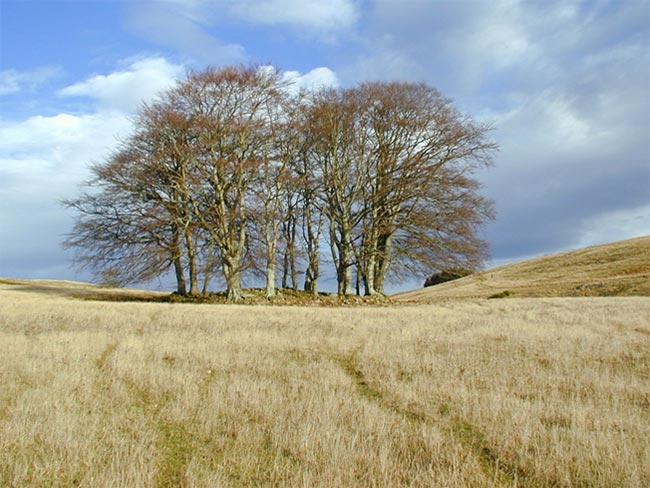
Alternatives to Gravestones
May this gallery of historical burial sites inspire you to commission a monument more meaningful for you.

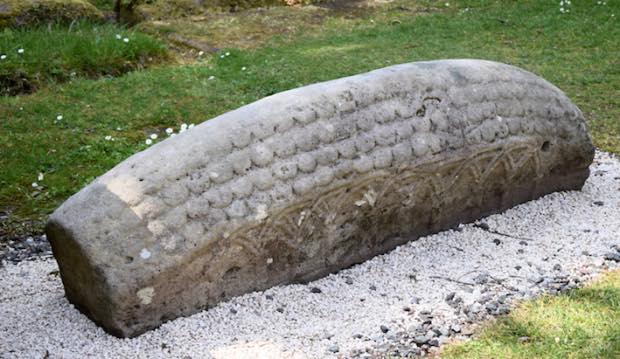
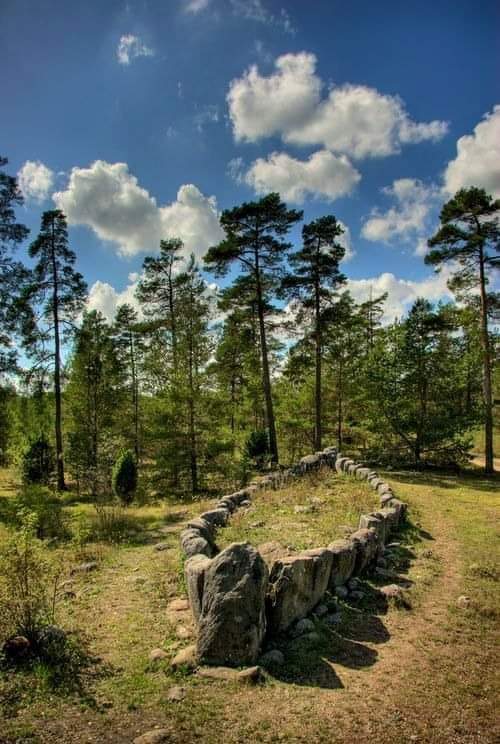



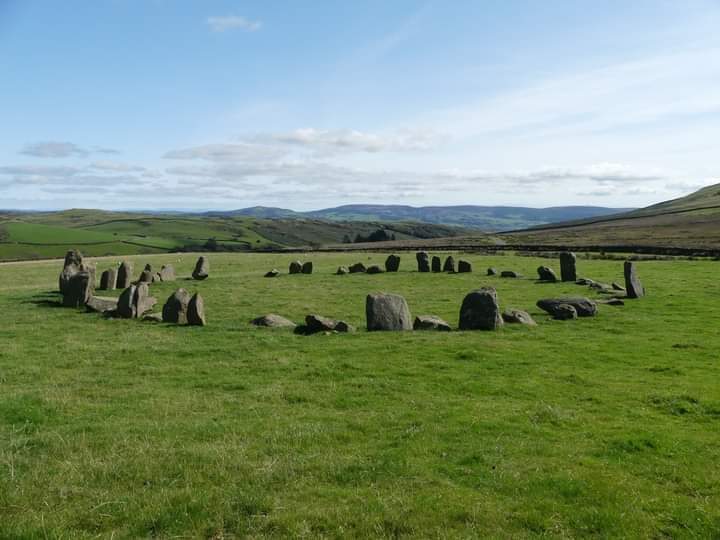
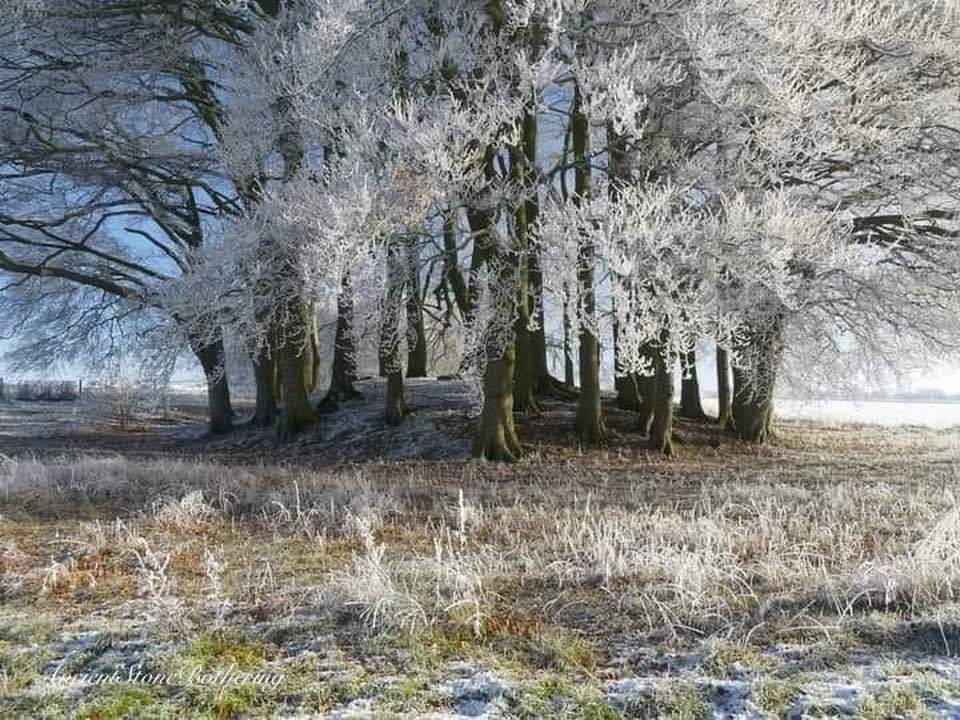




Neolithic Monument Follies
Not all ancient stone structures are about burials. Some mark a location, such as a battle site, and some mark an event, such as the solstice. As follies, they add grandeur, timelessness, and beauty to landscapes. Elemental Stonemasonry welcomes commissions to design and build such landscaping elements.
Menhirs – vertical standing stone, often squared in form and carved. Sometimes capped and buried deep into ground. They can mark events, locations, provide directions and distances.
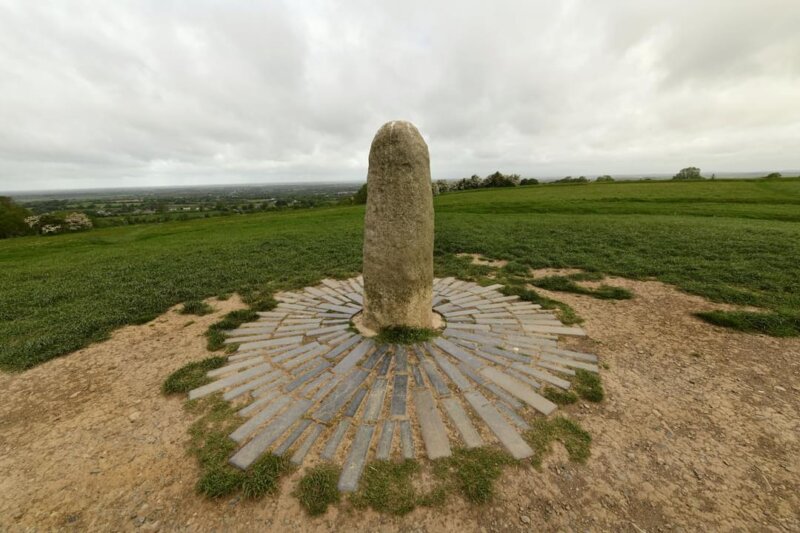
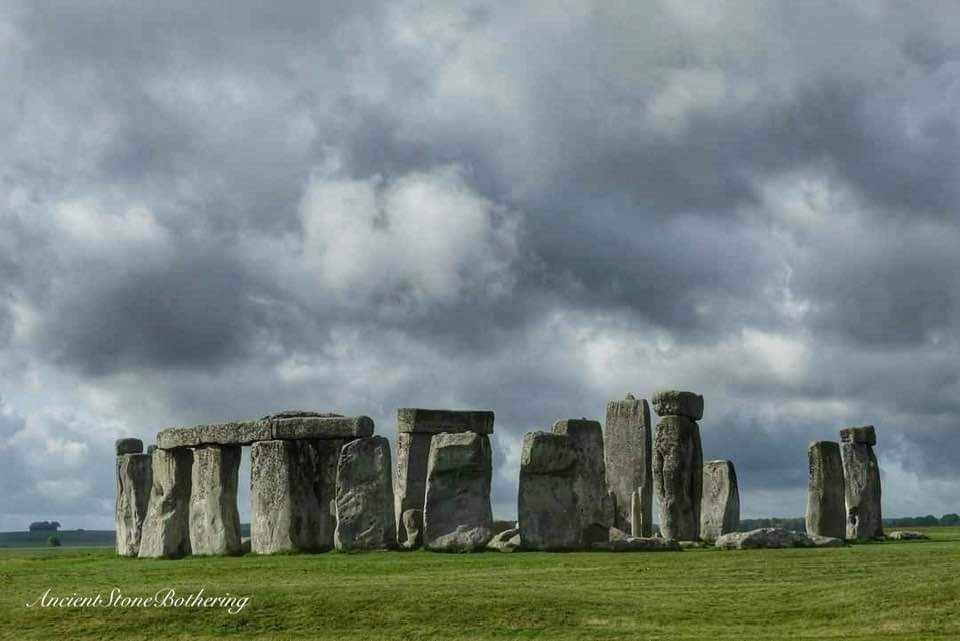
Circles – may also include ditch and dyke terraforms – when the circle is defensive the ditch is on the outside and when the circle relates to the death rituals it is on the inside as these are portals between the present and the afterlife. Circles may also include hedges and trees – different trees carry different sacred significance. Entrances into and out of circle may also carry meaning in their position and markings.
Trillions – stones arranged in three – 2 standing stones supporting a third horizontal stone. They are a portal and three presents past, present, and future – an enduring idea in our cultural lore.
Cairns – stacks of stones – can be tower-like or pyramid shaped
Hearths – the central fireplace in dwelling was sometimes used for a funeral pyre and grave. The dwelling burnt down and gravestone placed over the hearth.
Dolmen
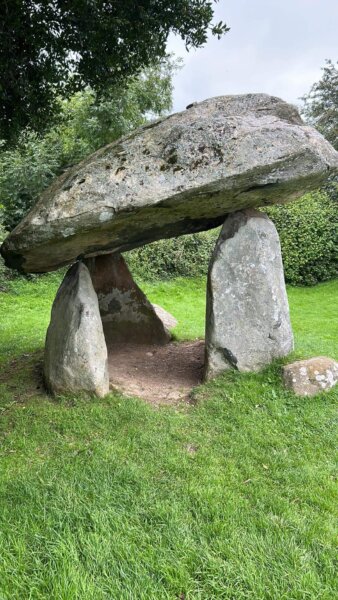
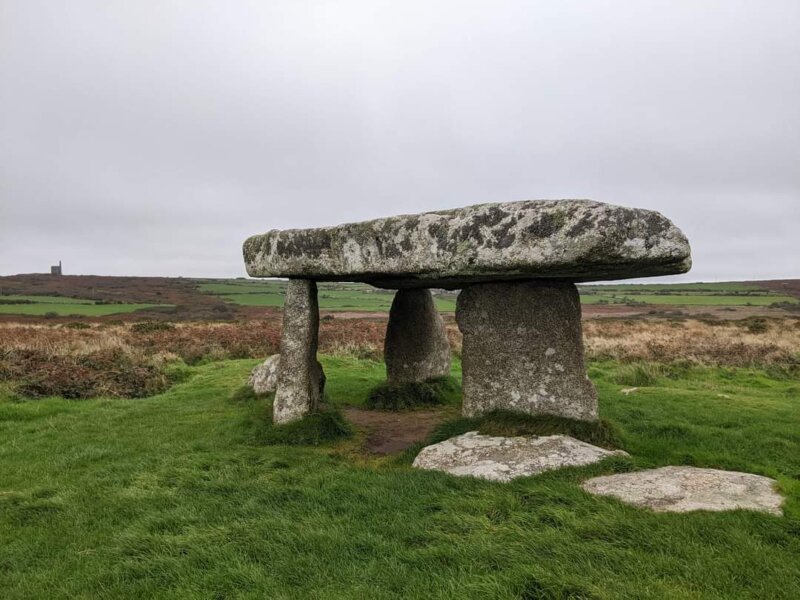

Cairns


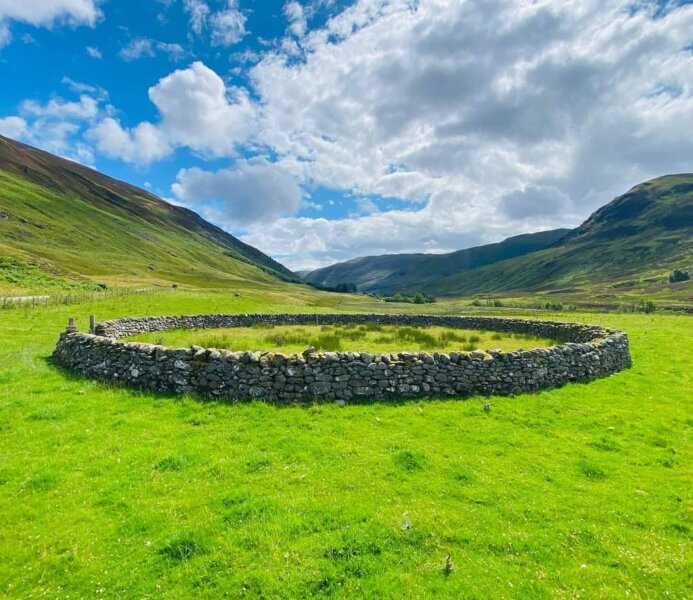

Celtic Crosses
This symbol predates the Christianity – it is the symbol for the earth and its four seasons. The four arms of the Celtic cross are thought to be representative of the four directions of the compassions, the four elements of Fire, Earth, Air and Water and as representation of our mind, soul, body and heart.
Celtic knots represent our individual fates, mortal coils, intertwined in life and death. Note also the yew tree found in graveyards – this is an evergreen representing eternal life.




